It seems only appropriate that Distillery Month on Traveling Savage was interrupted by a trip to Scotland where I worked at a distillery, but I’m back this week with a distillery that has long been near and dear to my heart: Edradour Distillery. Nestled in the hills of above Pitlochry in Perthshire, Edradour is among the first distilleries I ever visited in Scotland. I was struck then by its beauty, history, and indefatigable adherence to tradition, and you will see little has changed. It is at Scotland’s small distilleries that you get the best sense of the original, hands-on process of making whisky that the large-scale distilleries have mostly computerized. Places like Benromach, Kilchoman, Daftmill, and Strathearn all provide insight into the old ways of uisge beatha, but perhaps Edradour, as the smallest traditional farm distillery in Scotland, combines the various processes, equipment, and stories of yesteryear into the most attractive and approachable package.
I’ve visited Edradour several times in the past decade, and this most recent visit occurred on a damp November afternoon when the Edradour Burn wildly charged down its channel through the distillery. I met Edradour’s head guide, John Galt, a distinguished gentleman with the mind of an educator and the heart of a poet. He waxed on Edradour’s signature characteristics as he led me through the distillery’s gorgeous hillside situation. It’s not chance that placed Edradour where it is. When it was built in 1825 there was no electricity here, and so they used the location’s charms instead: The gravity of the hillside for moving the burn’s water through the distilling process and the temperature of the burn for cooling the wort and the worm tubs. That tradition lives on today, and it has made Edradour one of the most popular distilleries in Scotland for visitors seeking that romance of the past Scotland promises and so often delivers.
Our first stop was the heart of the distillery: The stillhouse. At Edradour, like the other small distilleries I mentioned, the entire distilling process fits in one small building. Wedged against one wall are the two smallest traditional stills in Scotland (the wash still is only 4200L and the spirit still just 2200L), made by Forsyths of Rothes and more than 60 years old. They have a beautiful patina and swan necks with sharp downward curves leading to the worm tubs outside. The small size and shape of these stills and lyne arms allows the barley oils to crest the swan neck and slide down into the finished newmake, giving Edradour’s spirit a mouthy, oily character that pairs perfectly with their aging philosophy (we’ll get to that, just keep reading). From start to finish, 6000L of “wash” (or beer) gets distilled down to just 600L of spirit, and that’s about what they produce each day. To put that volume in perspective, Edradour produces in a year what the big distilleries produce in a few days.
For three months each year Edradour produces a peated single malt labeled as Ballechin (pronounced ba-LEK-in). Ballechin was another old farm distillery about 4 miles away, and history notes they once made a peated malt. That distillery closed in the 1920s, but Edradour honors its legacy with their bottling of a quite heavily peated (50ppm) spirit. I recently enjoyed a dram of the Ballechin aged in Port pipes and was blown away by its deliciousness.
Near the stills stands an extremely unique piece of equipment, a gleaming silver contraption that looks somewhat like a foosball table. This beauty is a Morton’s refrigerator, a device found on Scottish farms used to cool milk. Here it’s used to cool down the hot wort exiting the mash tun before it’s fed into the washbacks ahead of fermentation. All other distilleries use heat exchangers to cool down the wort to the yeast’s ideal temperature, but Edradour remains married to the old ways before electricity. The refrigerator is gravity fed and houses cold river water within its cooling plates. The wort flows over the plates, and the open nature of the refrigerator, John tells me, oxidizes the barley slightly, thereby altering the flavor. This is the last Morton’s refrigerator in use at any Scottish distillery.
The cooled wort flows into their two Oregon pine washbacks where they pitch a standard dry distillery’s yeast. Wood contributes the most flavor to whisky, but I wonder about yeast, how all distilleries seem to use a basic distiller’s/brewer’s/baker’s yeast, and John confirms that it’s an area that has yet to be investigated thoroughly. Fermentation in the washbacks lasts about 48 hours and yields a wash of about 6% ABV. John casts a line into a washback and pulls out a sample of the wash. I take a slug. It’s light, yeasty, with a mild ale flavor. The stillhouse equipment is well-worn but clean. There’s a respect and attention to detail readily apparent in the atmosphere here.
We descend a small staircase that leads us below the mezzanine to the bottoms of the stills, the spirit safe, and the 111-year old mash tun. One of the distillery’s two stillmen is busy shoveling out the draff from the last mash. I can attest to this being hard work rough on the back, but at least they have an auger carrying the spent grains out to a carriage beyond the walls. A local farmer will come to carry it away and feed it to his cows.
This mash tun is a work of art. Made of cast iron and without a top, as they were made in the past, Edradour uses their mash tun six days per week, and it’s still ticking. Most distilleries have sealed up every part of the distilling process and many have opted for total computerization, but not here. If you come to work at Edradour there’s a period of unlearning that has to happen, a kind of recalibration to doing things by hand and feel.
Some things have changed, though. The stills are steam heated instead of coal fired, which drastically shortened the life of the still, and they don’t malt any barley. It’s back-breaking work, but the main reason maltings have ceased is that it’s incredibly difficult to achieve any consistency in the quality of the maltings when it’s done by hand with a shovel. Everything else — including bottling — is performed here at Edradour distillery.
After a brief stop in the visitor’s centre and a large banquet-style hall we journeyed into the heavenly warehouse. All of Edradour’s whisky ages here, as well as whisky from many other distilleries that will be bottled under the Signatory label. Andrew Symington, the owner of the Signatory Vintage Scotch Whisky Company, has owned Edradour since 2002, and he has a particular interest in marrying whisky with wine casks. A man after my own heart. Sherry has always been hugely important to the Edradour brand, but after Symington purchased Edradour the distillery began experimenting with different types of casks: Bourbon, Sauternes, Madeira, Barolo, Port, etc. In this way Edradour is a lot like Bruichladdich, and their small size makes such experiments a real and successful option.
Remember what I said about Edradour’s oily spirit character? That character stands up well against ex-wine casks. Edradour is really pushing the limits here, aging some whiskies full-term in ex-wine casks like first-fill Sherry butts and Super Tuscan red wine casks. One exception is Pedro Ximenez (PX) Sherry butts. PX is such a strong Sherry that it will smother just about any whisky left inside its casks for too long. That said, Edradour finishes their 26yo bottling with five years in a PX cask. They only use wine casks twice at Edradour because they want the strongest flavors from the wood.
My visit ended in the best distillery bar in Scotland. Here you have the opportunity to try every expression of Edradour and whiskies from many other distilleries around Scotland that have been bottled under the Signatory label. Let me tell you: Every Signatory whisky I’ve tried has been amazing. The best part? The whiskies in this bar are subsidized so that you’re paying half price for incredible drams — Mortlachs, 50yo drams, you name it. I think this is the best bar in Pitlochry. The way John spins it is that you can tour Scotland without leaving the bar. This is drinking history, but to my mind it’s also making history because you’ll never forget the moment you tried Edradour’s whisky.
In Edradour’s shop you’ll find a fleet of cask-strength offerings aged in various wine casks, plus a host of Signatory bottlings. It’s a remarkable array, especially for me since I rarely see anything other than the Edradour 10 in my neck of the woods.
The math doesn’t add up. Edradour is one of the most popular distilleries in Scotland yet they only produce about 600 liters of spirit each day. How can the distillery afford to lose out on so much prospective business? John lets me in on a little secret.
Edradour is expanding.
They are building a new distillery on the very same site, just across the burn, as an exact replica of the original distillery to double their capacity. This means building stills with the same size and shape — even the same dents! — using an open-top mash tun, running the wort over the Morton’s refrigerator, and filling up wooden washbacks. They mean to retain the character of Edradour while producing a bit more whisky. This new distillery ought to be running later this year and any whisky produced by it will be noted on the label. I suppose this means Edradour will be the last two traditional farm distilleries in Scotland.
Close to 50 in-depth distillery visits later and Edradour stills ranks among the most picturesque and engaging of the lot. Little has changed here in the last 190 years, and that’s Edradour’s modus operandi. Winding up the narrow lane to the hills above Pitlochry and finding this beautiful little distillery is not far from finding Brigadoon in the Scotch mist. Sometimes I wonder if I’ll ever find it again.
Disclosure: Edradour provided me with a complimentary private tour. All thoughts and opinions expressed here, as always, are my own.

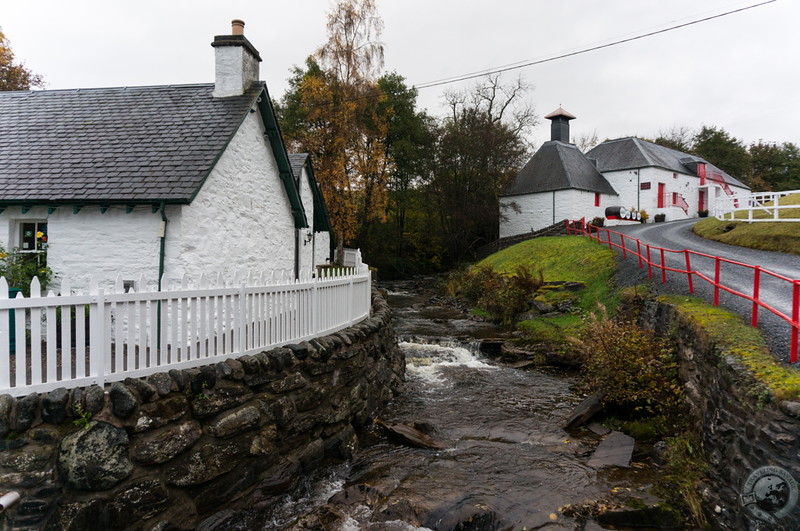
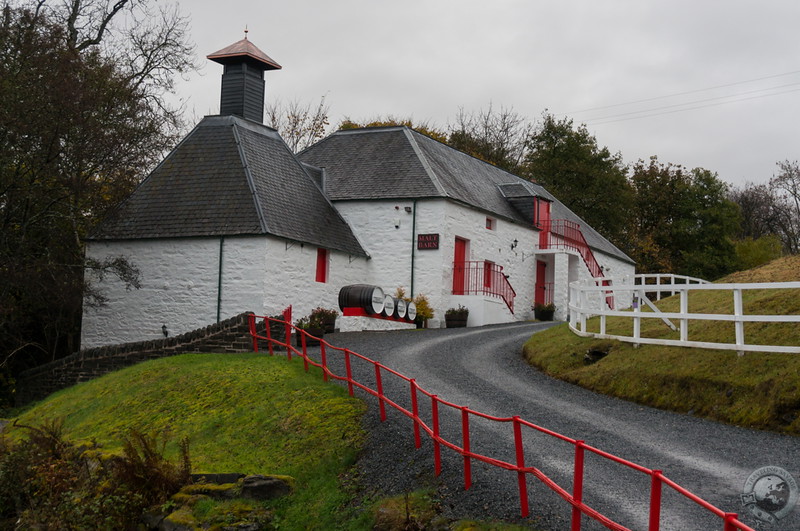
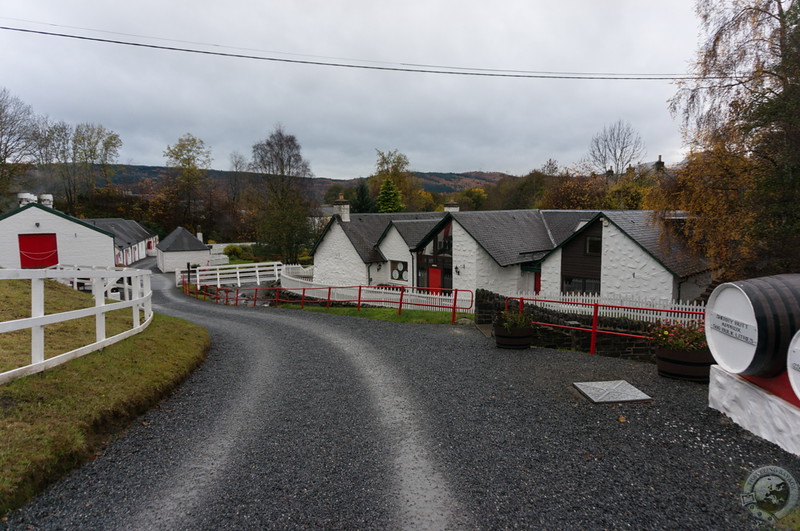
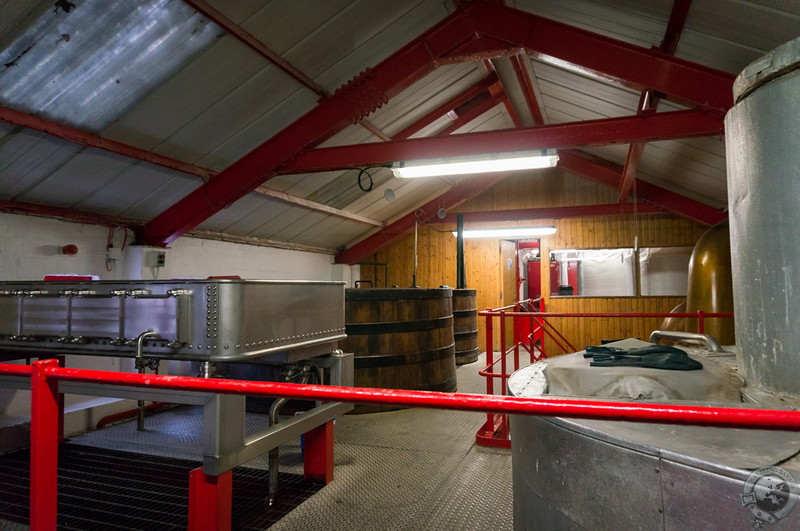
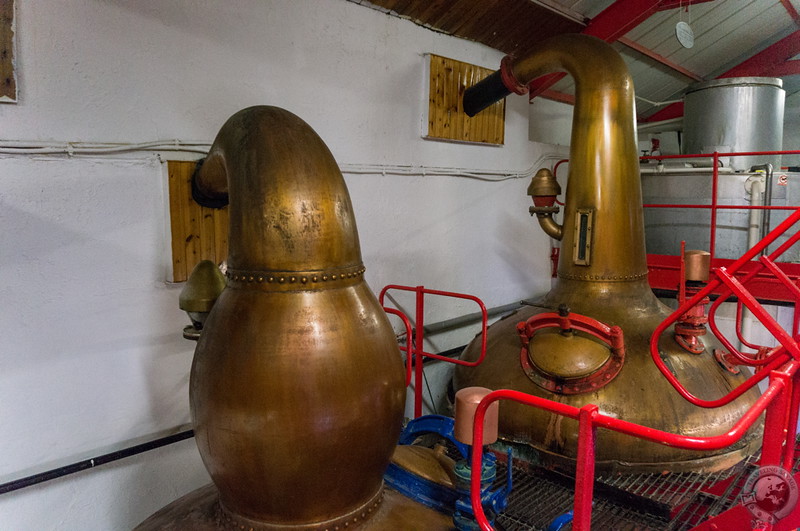
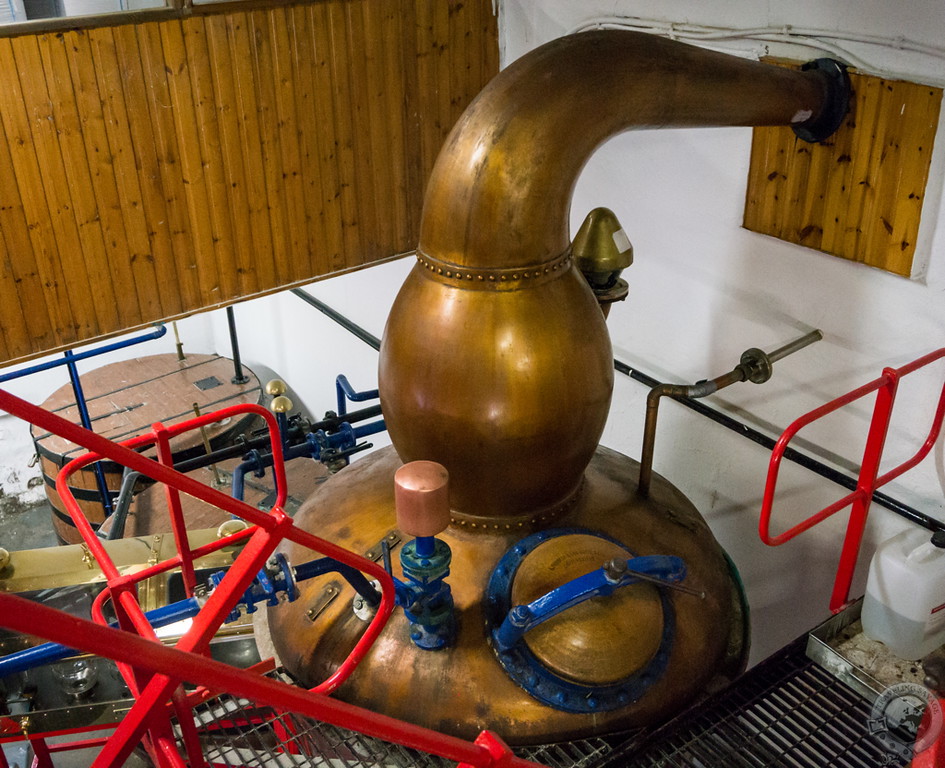
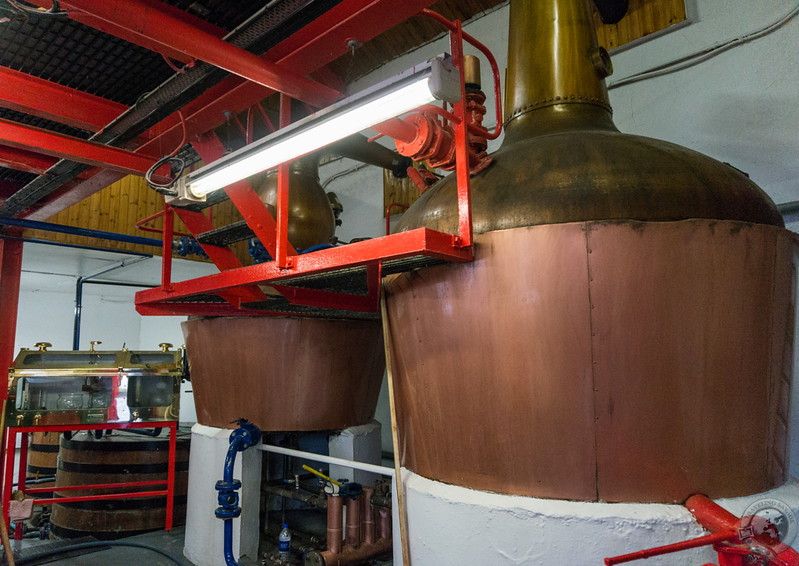
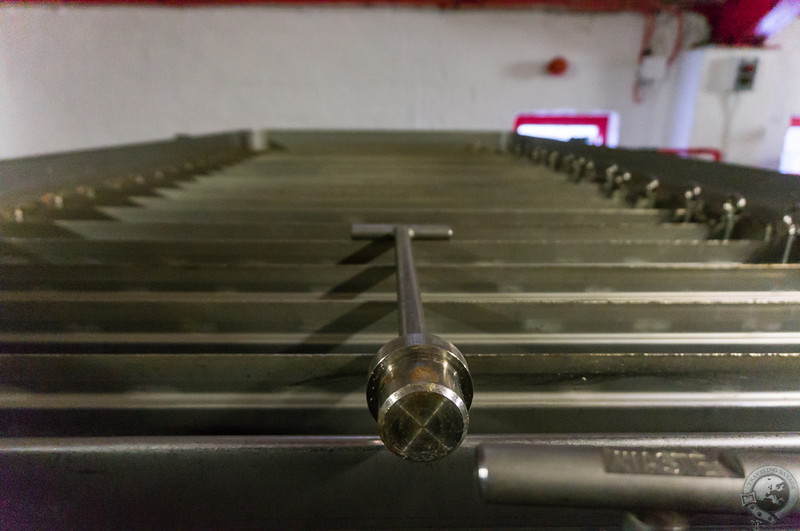
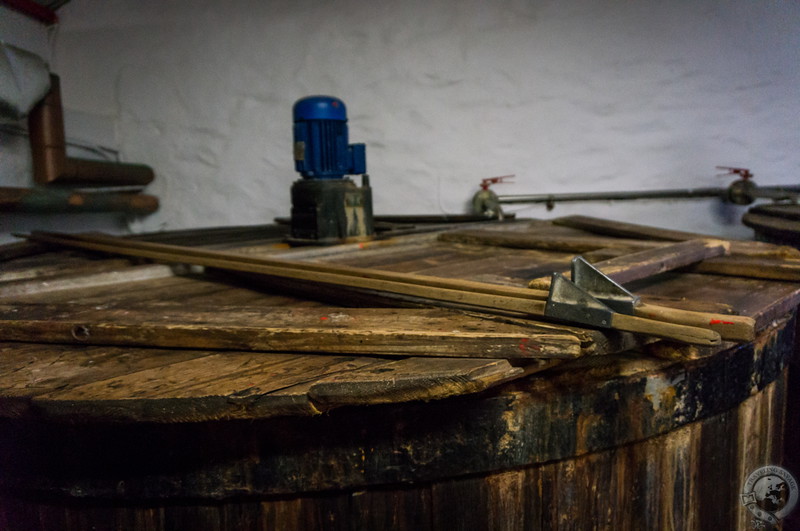
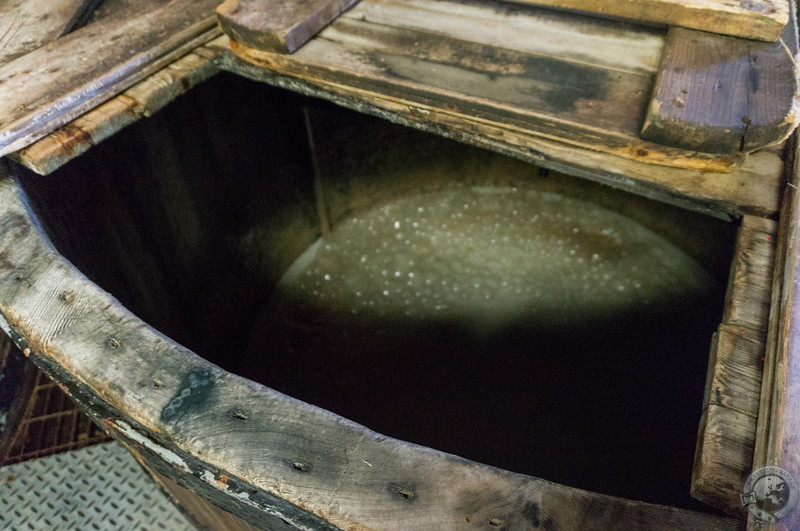
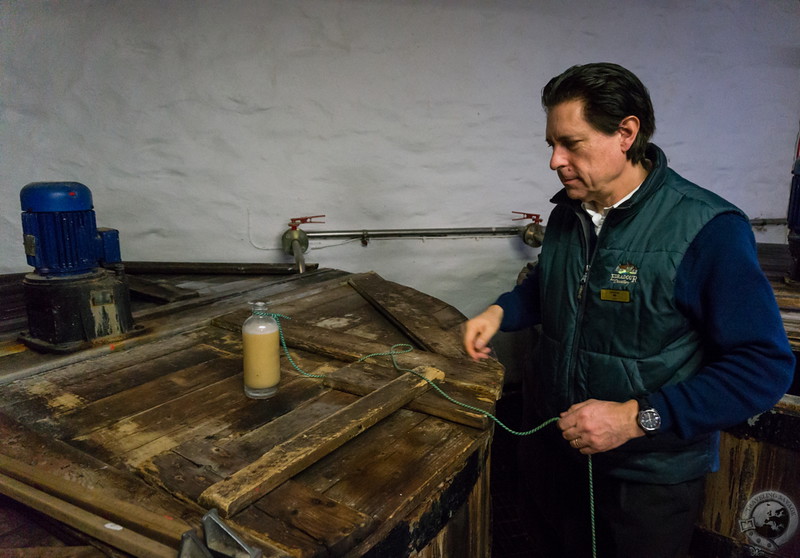
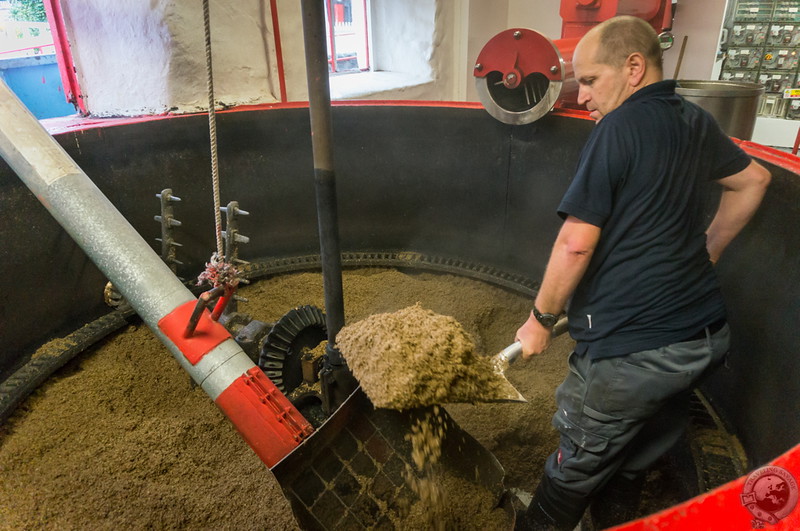
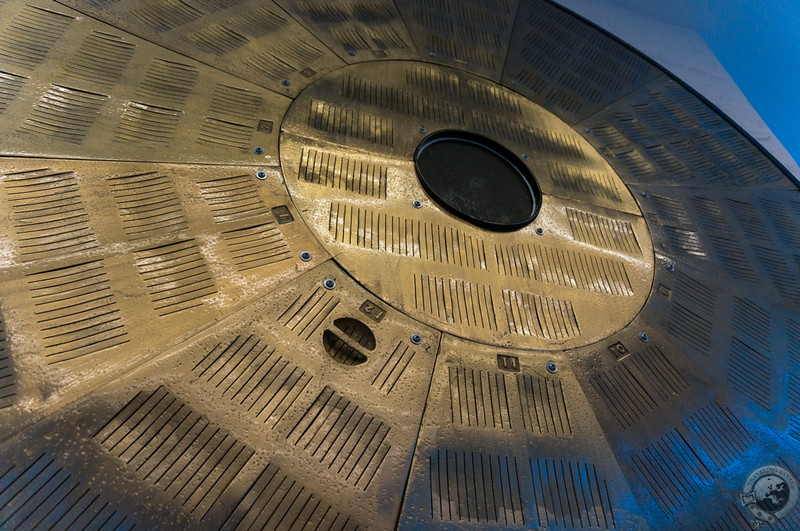
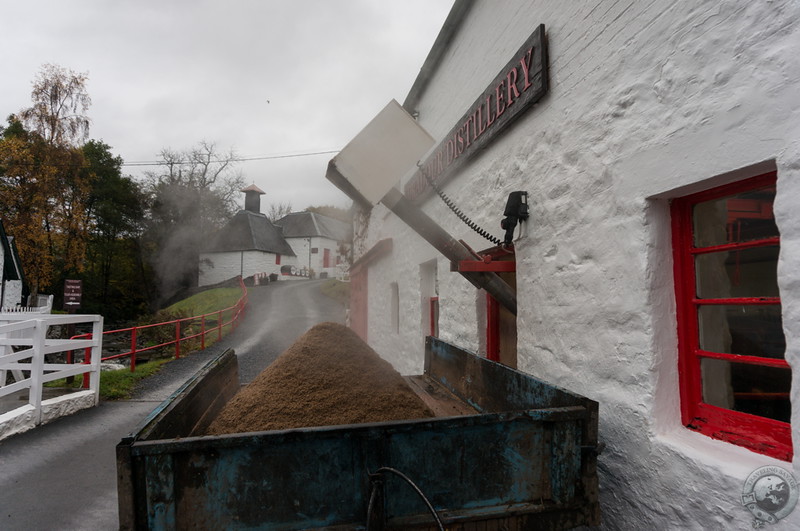
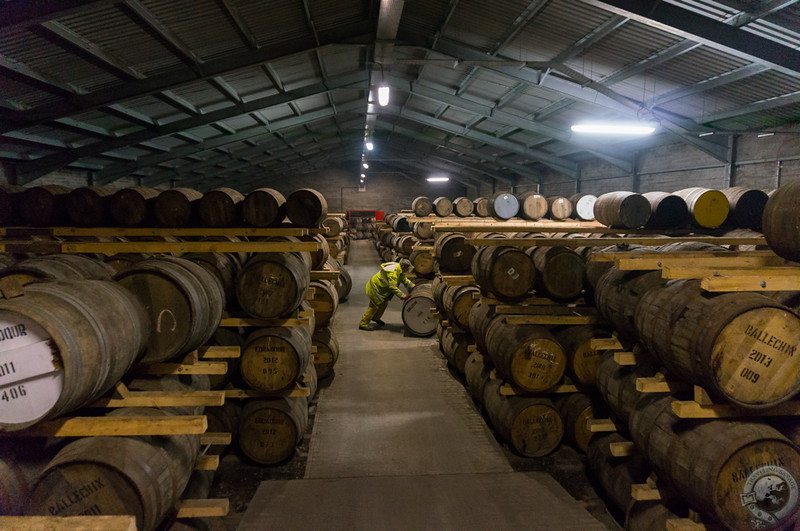
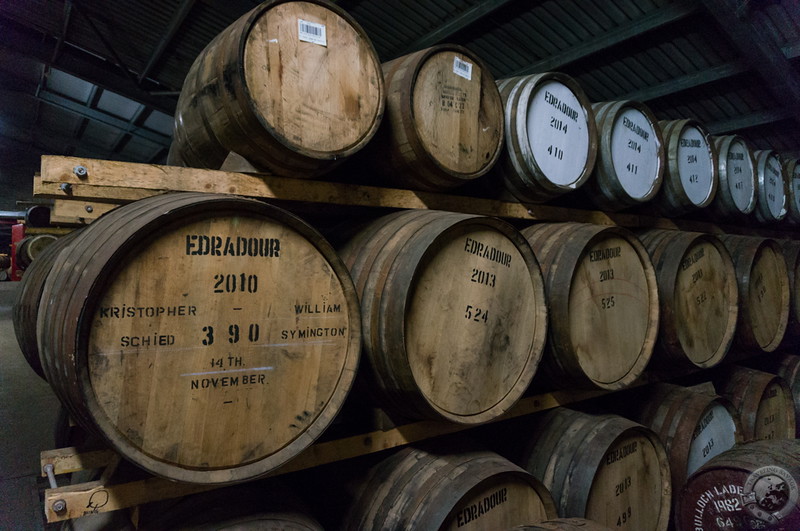
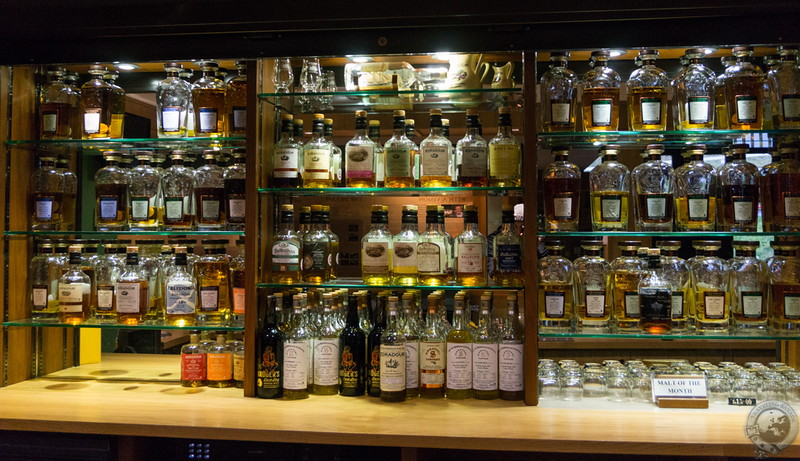
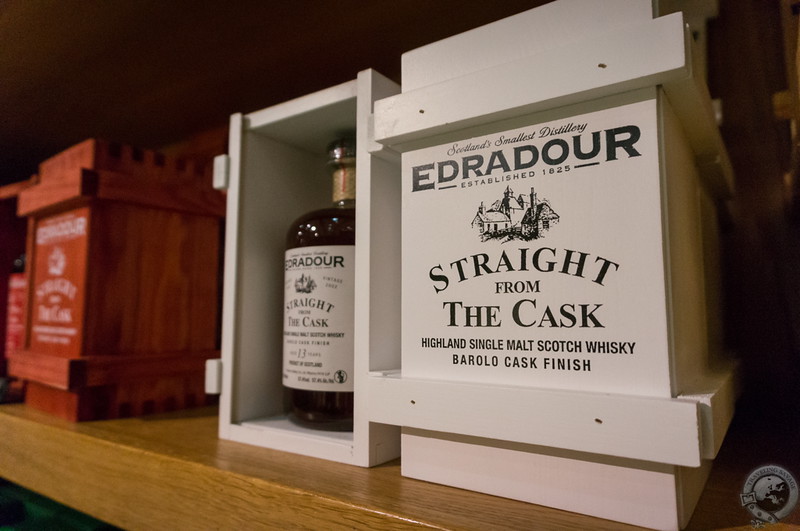
Even more reason to return to Scotland. I regret we didn’t visit Edradour while in Pitlochry, but it is definitely going to the top of the list for our next trip! Thanks for another inspiring post, and another whisky to try.
An excuse — that’s all you need to return 😉
Hi Keith,
Love your posts about the whisky distilleries in Scotland. As I sell quite a few whisky trips to Dutch whisky lovers, I have added the Drink link to my Whisky trips page on the TravellingWELL.nl website . Clients will love your in depth experiences!
Thanks so much and I keep looking forward to your new posts!
Thanks Tina, really appreciate that!
[…] When I help people plan their trips to Scotland, I focus on choosing a limited number of ideal bases from which to explore the surrounding countryside. This strategy often makes accommodations a crucial choice. The last thing you want is to dread coming back to a sub-optimal flophouse, so I’m always on the lookout for new, exciting, quality places to stay. As part of my visit to Perthshire last fall organized by the wonderful Perth & Kinross Countryside Trust, I had the opportunity to experience The Old Mill Inn in Pitlochry after a day out foraging mushrooms and wild edibles and a visit to Edradour Distillery. […]
Really enjoyed your post on Edradour Distillery. A “tun” of great information in there, and I learned a few new things as well – thank you!
Looking forward to making it back to Pitlochry in the next few years.
Slainte,